
At least two supertankers made U-turns near the Strait of Hormuz following U.S. military strikes on Iran, shiptracking data shows, as more than a week of violence in the region prompts vessels to speed, pause, or alter their journeys.Washington's decision to join Israel's attacks on Iran has stoked fears that Iran could retaliate by closing the strait between Iran and Oman through which around
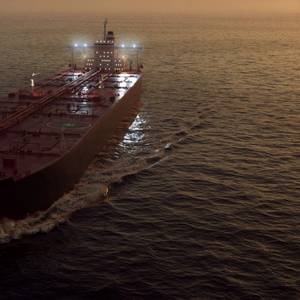
While global energy markets are not yet pricing in worst-case scenarios for the Israel-Iran war, oil tanker rates are providing a good real-time gauge of the escalating risks.Geopolitical risk has spiked following Israel's surprise bombardment of the Islamic Republic last Friday and Iran's retaliatory ballistic missile strikes, leading to a rally in global energy prices

When tensions rise in the Middle East, it can be helpful to look at what is not happening as much as what is.In the crude oil market, this means focusing on the fact that so far not a single barrel of crude oil supply has been lost. It is in the interests of all involved parties that this remains the case.
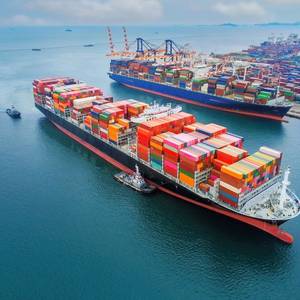
The global economy is bracing for renewed turbulence following U.S. President Donald Trump’s announcement on Wednesday of sweeping new tariffs, triggering fears of a global trade war and sparking immediate market and political reactions.According to the White House, the new measures include a 10% minimum tariff on most imported goods, with certain products - particularly those from major U.S.
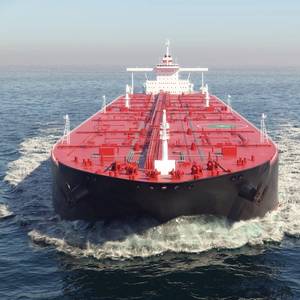
The trade of Russian oil for March-loading in Asia has slowed significantly as a growing gap between buyer and seller expectations in China has emerged. This disconnect comes amid rising costs for chartering non-sanctioned tankers following new U.S. sanctions, according to traders and shipping data.
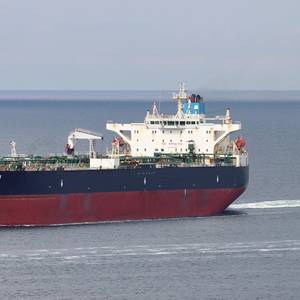
Chinese and Indian refiners will source more oil from the Middle East, Africa and the Americas, boosting prices and freight costs, as new U.S. sanctions on Russian producers and ships curb supplies to Moscow's top customers, traders and analysts said.The U.S. Treasury on Friday imposed sanctions on Russian oil producers Gazprom Neft and Surgutneftegas

Discounts for Russian flagship Urals crude in Indian ports have tripled since August against dated Brent as U.S. sanctions drive key buyers away from Moscow-supplied oil, three sources involved in the trade said.The United States last month imposed its toughest sanctions yet on Russia’s energy sector, targeting oil majors Lukoil and Rosneft.
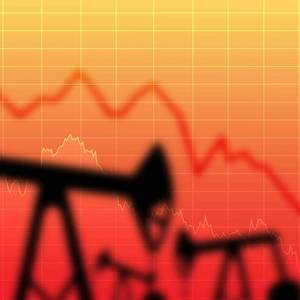
Oil prices edged higher on Monday as investors assessed moves aimed at ending the U.S. government shutdown while concerns around oversupply in the crude market persisted.Brent crude futures rose 43 cents, or around 0.7%, to $64.06 a barrel by 1409 GMT. U.S. West Texas Intermediate crude was at $60.18 a barrel, also up about 43 cents or 0.7%.The U.S.

According to the Congreassional Record, Brent Sadler, of Virginia, was nominated to be Administrator of the Maritime Administration.The following is his biography as presented on The Heritage Foundation site:Sadler is a Senior Research Fellow, Naval Warfare and Advanced Technology, Allison Center for National Security.
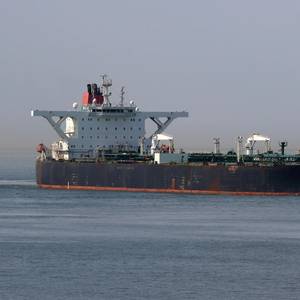
Prices of Canadian and U.S. West Texas Intermediate crude oil to Asia jumped after shipping costs rallied on concerns that wider U.S. sanctions on the Russian fleet are tightening ship availability, trade sources said on Tuesday.Asian refiners face a margin squeeze as their costs of crude and shipping have spiked since Washington earlier this month imposed sweeping new sanctions targeting
U.S. net crude oil imports are forecast to fall by 20% next year to 1.9 million barrels per day, their lowest since 1971, the Energy Information Administration said on Tuesday, pointing to higher U.S. production and lower refinery demand.The EIA expects the United States to produce 13.52 million bpd in 2025, up from 13.
Rising costs of building and equipping new U.S. liquefied natural gas plants will reduce the competitiveness of U.S. gas exports, LNG analysts at Poten & Partners predicted on Tuesday.The Biden administration's export permitting pause likely will keep global LNG prices higher for longer, and benefit existing exporters, Poten said at its Global LNG Outlook conference.